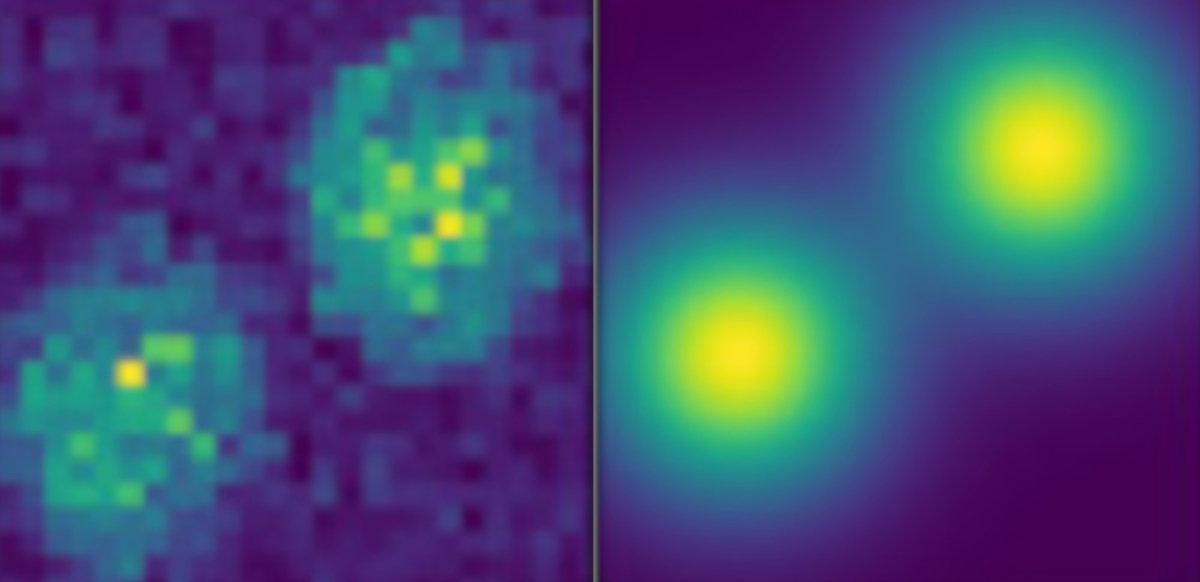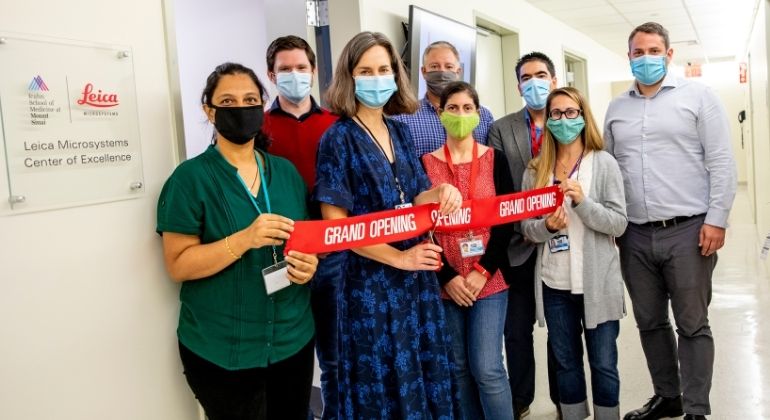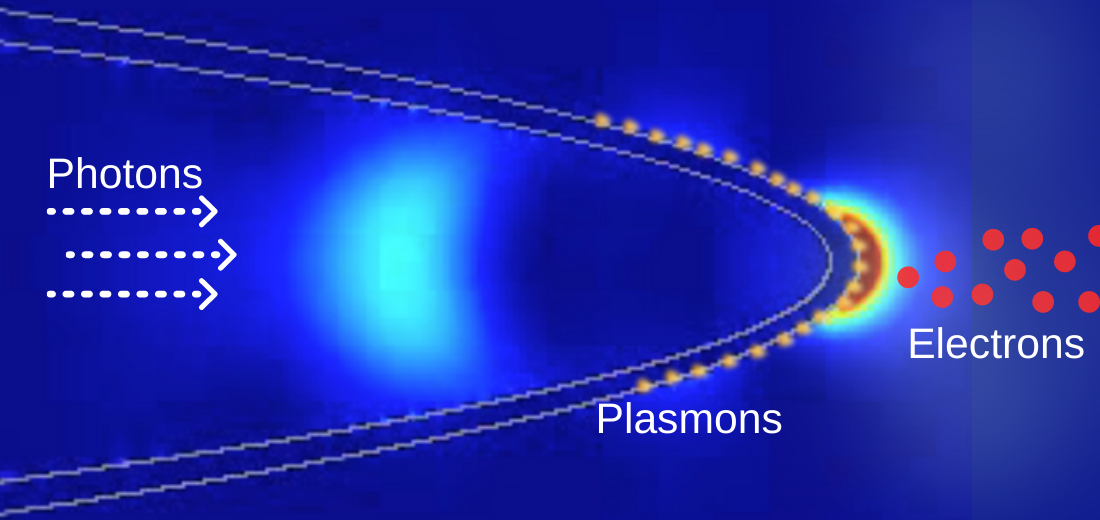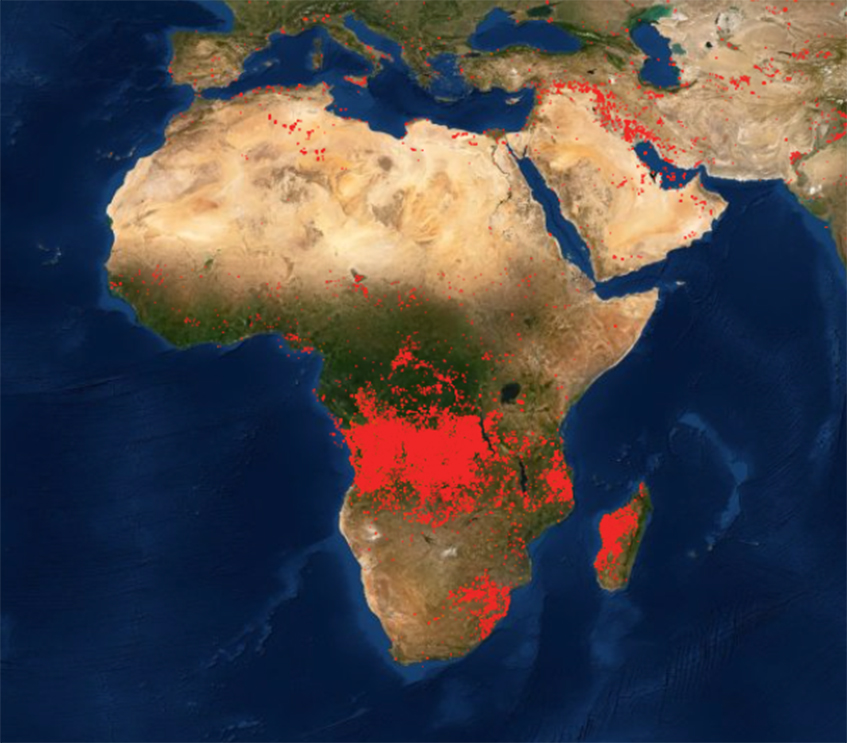Scientists have developed a new way to create miniature optical components that shape light into non-diffracting beams, paving the way for smaller, more versatile optical systems. By directly writing tiny patterns with a femtosecond laser, they can tailor these components to specific tasks, like trapping particles or manipulating light for advanced imaging.
Tag: Bioimaging
Adaptive 3D printing system to pick and place bugs and other organisms
A first-of-its-kind adaptive 3D printing system developed by University of Minnesota Twin Cities researchers can identify the positions of randomly distributed organisms and safely move them to specific locations for assembly.
A new compact diffractive imager for subwavelength resolution
The researchers propose a new method for achieving subwavelength resolution imaging for phase and amplitude objects. Their technique relies on diffractive encoding and decoding with a solid-immersion layer to recover high-frequency information corresponding to the subwavelength features of an object.
BIGTUNA Bioimaging Tool Helps Researchers See Small
A new nano-optical bioimaging technology in development at PNNL enables researchers to watch climate-bellwether microbes exchange metabolites and other essential signals.

Shine On: Avalanching Nanoparticles Break Barriers to Imaging Cells in Real Time
A team of researchers co-led by Berkeley Lab and Columbia University has developed a new material called avalanching nanoparticles that, when used as a microscopic probe, offers a simpler approach to taking high-resolution, real-time snapshots of a cell’s inner workings at the nanoscale.

Icahn School of Medicine at Mount Sinai and Leica Microsystems Establish Center of Excellence in Microscopy
The new Center will support a mission to drive new discoveries and insights from scientific research performed using state-of-the-art imaging systems.

First fiber-optic nanotip electron gun enables easier nanoscale research
Scientists at Oak Ridge National Laboratory and the University of Nebraska have developed an easier way to generate electrons for nanoscale imaging and sensing, providing a useful new tool for material science, bioimaging and fundamental quantum research.

Story Tips: Predicting fire risk, solid state stability check and images in a flash
ORNL Story Tips: Predicting fire risk, solid state stability check and images in a flash